Adapt
Get Started
Set aside a few hours to get to know the Social Good DPro model. You will quickly see how everything fits together. Then it’s time to try out some of the approaches in your day-to-day work. You can do this at any phase of your project.
– If you are at the very early stages of a project, you may want to structure your context analysis using the Objective Tree or Risk Register
– If you are mid-way through implementing your work with a community, you may want to improve your Implementation Plan, or make use of tools such as the Risk Register, Issue Log or Change Control Diagram.
– Perhaps you are managing a project in a fast changing context? Even in these situations, there may be something in the toolkit to help you take stock and systematize an approach.
– You may have oversight of a huge project, in several locations, with multiple deliverables, and are seeking a tried and tested approach to help break it down into more manageable areas.
– Your organization may already have an established approach to project management – one that feels comfortable and achieves results. But why not take a bit of time to consider a new model and toolkit that could complement or replace an existing tool or process?
The emphasis here is on trying things out. Tools, techniques, and methodologies will not achieve anything if a project team cannot make them work in real life!
Take time to consider what works best
Nobody wants to be part of a bureaucratic and template-driven project! Simply applying tools and techniques without thinking about their wider context and use is more likely to confuse and demoralize, than add value to your project team. This is why it’s important to take time to consider the overall model, and to assess which tools and techniques are best adapted to your current situation.
There will be times when a project management tool or technique could be applied but for any number of good reasons might NOT be the smartest choice. A Project Manager’s job is NOT about applying rigid rules, tools and processes. It is about being thoughtful and disciplined, and making sensible choices about applying tools and processes that will provide the clarity of direction that everyone needs.
In other words, take time to get to know the Model and toolkit and adapt it to suit your needs, in a way that works with the culture of your organization and your project team.
Additional Resources
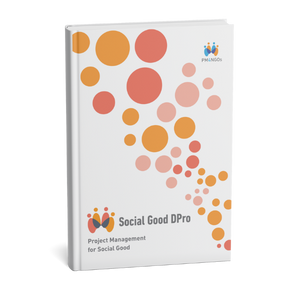
content originally Developed by:
Brought to you by:
In collaboration with:
Users are free to copy/redistribute and adapt/transform
for non-commercial purposes.
© 2025 All rights reserved.
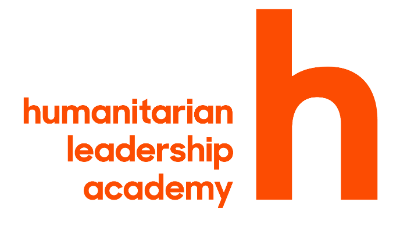

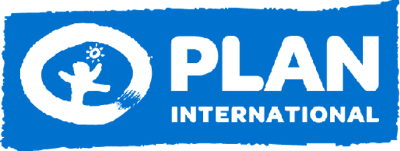

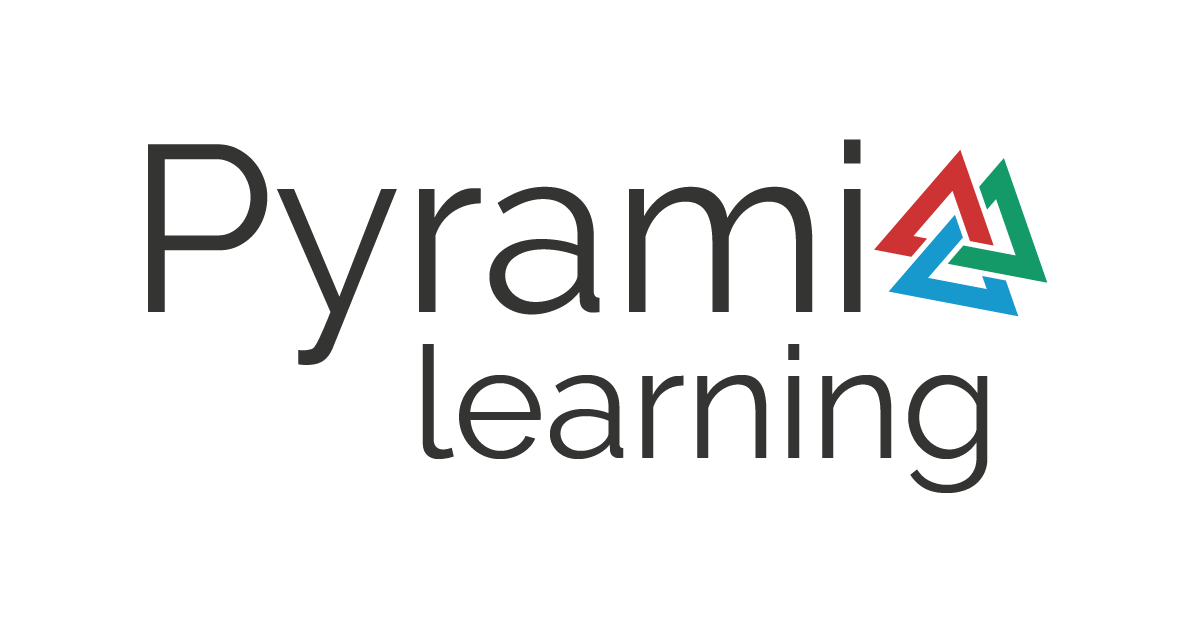
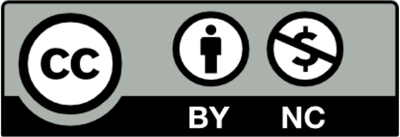
 .
.